If you are debating on getting strabismus surgery, you may be concerned about success rates. I know I was! Why go through all the money, pain and time and not end up with the result that you want? I did my research and here is what I learned.
So what are the success rates for strabismus surgery? The overall success rate averages to about 70% which means that for every 10 people that get surgery, 7 have a success which is measured as less than 10 diopters of esotropia or exotropia, not stereo vision. Having severe amblyopia, large angle turns and no fusion decrease success rates while clear vision and intermittent eye turns have higher success rates.
After searching through dozens of ophthalmological studies around strabismus surgery, it is safe to say that there aren’t amazingly designed studies that give definitive answers about results.
There are dozens of factors and every single case is unique and the way the brain handles the surgery will depend on the person, but there are patterns and correlations between different factors that do effect outcomes.
You can take this free quiz to see if vision therapy or surgery is a better option.
In general, a surgery is considered a “success” by eye surgeons when the eye turn is less than 10 diopters at the 6 week post-op check up. At this point, the turn isn’t noticeable to the common observer.
My surgery resulted in an eye turn around 15 diopters at the 6 week check up so wouldn’t have been considered a “success.” After one year of vision therapy, my turn is now 6-8 diopters so I guess I am now considered a success.
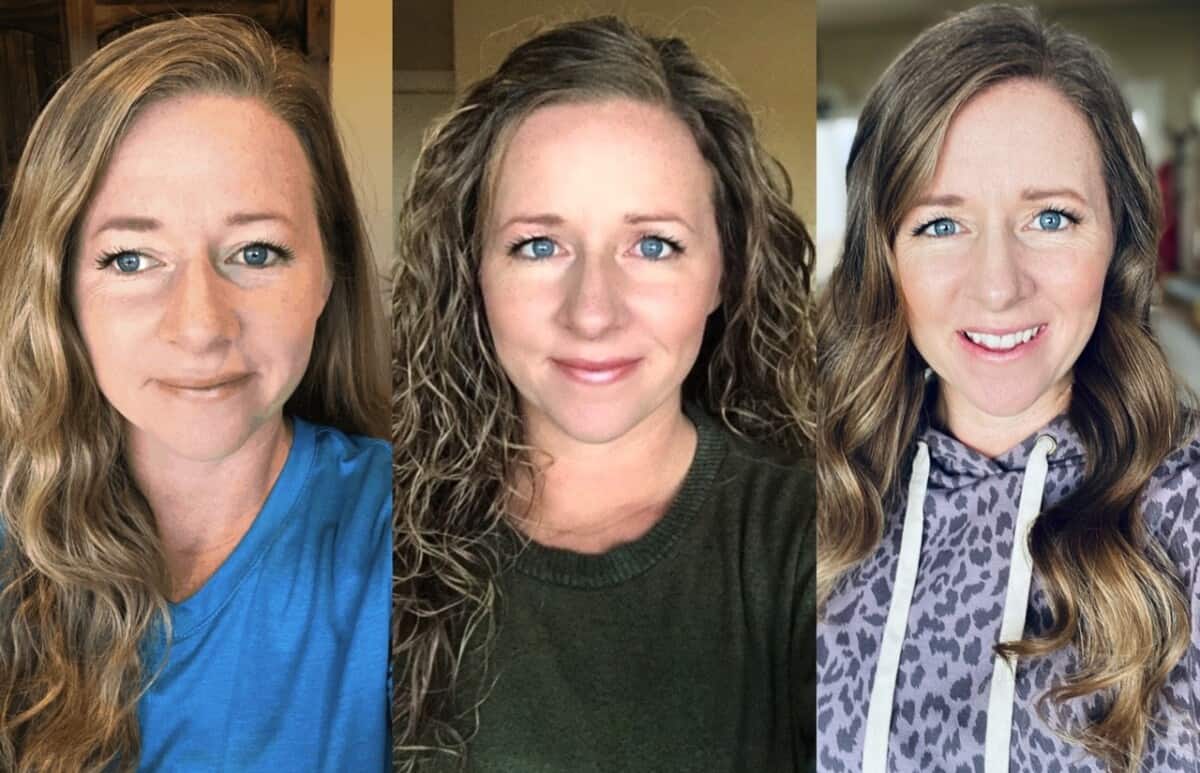
The right eye in each picture is the problem. On the left is 35 diopters of exotropia, in the middle is about 12-15 diopters of esotropia and on the right is 4-6 diopters of esotropia. The lower angles are hard to see for the untrained eye.
I will discuss the possibility of regaining great alignment combined with stereopsis at the end of the article, because to me, that is what would feel like actual success.
If you’d like to discus your case with me and let me give you my unbiased opinion about success for your specific situation, schedule a consult and I will help you on your way!
How Does Amblyopia or Lazy Eye Effect Results?
Amblyopia, or lazy eye, is when the vision in one eye is extremely poor, even with corrective glasses.
One study of over 100 patients showed that when there was not severe amblyopia 89% were able to have a successful result.
On the other hand, only 65% of patients that had a severe amblyopia had successful surgery.
This is why patching and fixing the amblyopia usually precedes surgery.
One reason for this may be that when one eye has much poorer vision, it develops strabismus to help fight double vision. If the eyes are aligned surgically, the double vision returns and the brain will turn the eye again to avoid double vision.
If the brain has always simply suppressed one eye, it doesn’t fight the straight position as badly.
Exotropia vs Esotropia in Strabismus Surgery
You can just about find a study to give any result that you want, but after sifting through research for hours, here is my conclusion:
Exotropia

In young children less than 7 years old, exotropia has a very high success rate with surgery.
In one study, 100% of children with an intermittent exotropia had a positive result (most with good binocular vision) and 72% that had constant exotropiahad a positive result. A few of them did have 2 surgeries.
In a study of adults with exotropia, only 73% had success at the 6 week mark.
Exotropia is more likely to wander back after surgery which is why surgeons generally overcorrect exo patients.
Esotropia
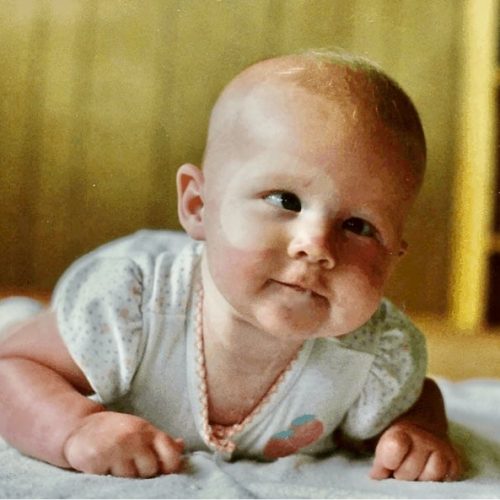
When looking at young children with congenital esotropia, only 50% have success with one surgery. The larger the angle, the more likely a second or third surgery will be.
With accommodative esotropia,surgery is almost never necessary (according to both optometrists and ophthalmologists). Out of one study of kids that did need it, about ⅓ needed a second surgery, but they all had success eventually. All the kids ended up with the same or improved binocular vision, and half no longer needed glasses.
In adult esotropia the success rate ranges from 80%-90% which is higher than adult exotropia.
How Do Adjustable Sutures Effect Strabismus Surgery Results?
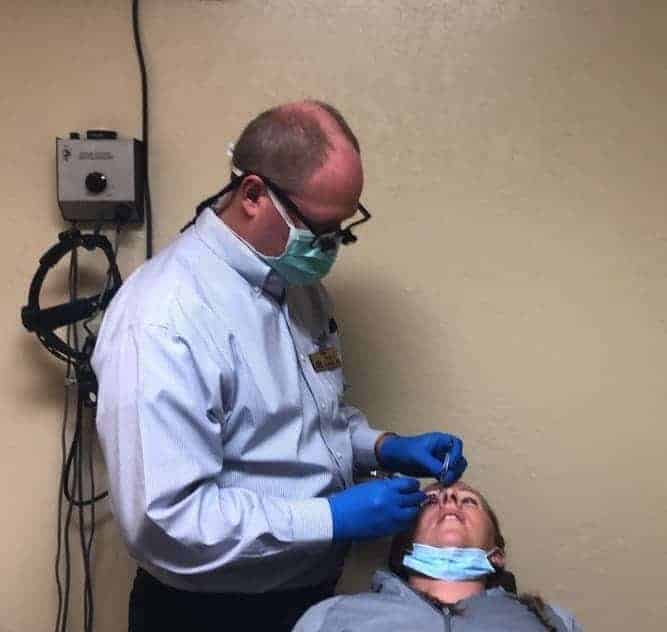
Some eye surgeons choose to use adjustable sutures. This basically means that they perform the surgery while the patient is under general anesthetic, but they leave a little loop in the sutures.
Then anytime within the first week, the surgeon is able to slightly adjust the muscle position (while the patient is awake!!) to help get better alignment.
While this experience feels like a torture treatment for the patient, read about my experience here, it actually improves overall results and especially long-term results.
One study of 400 patients showed that only 8% of patients who had adjustable sutures needed a second surgery, while 27% of patients without adjustable sutures needed a second surgery.
The results that you have by the one week mark after surgery are a huge predictor of overall success so using adjustable sutures to fine tune those results makes a big difference.
How Often Does Double Vision Result?
Double vision, or diplopia is not usually a result of strabismus surgery unless double vision is present before surgery. If it is present before, then surgery might fix it if the double is a recent development, but it probably won’t if you’ve had double vision for a long time.
Most strabismus patients don’t have double vision before surgery.
One study of over 400 adults found that 9% of patients had double vision right out of surgery, but it resolved in the first 6 weeks following surgery for all but 3 patients (0.8%). The ones that had it after surgery, also had it before when using prism.

How Often Does Strabismus Surgery Result in Stereopsis?
There are two cases to consider for anyone hoping for stereopsis, the ability to use both eyes and create one single image with depth perception.
There are people that had stereopsis their whole life and then they lost it because their eye started to turn later in life. This can happen due to a tumor, nerve or muscle damage, thyroid disease, diabetes and a ton of other reasons.
Another group has never had stereopsis (or very limited stereopsis) because the eyes have been misaligned from birth or early life.
Had Stereopsis Before
If the eye turn and loss of stereopsis is recent, then surgery has a very high success rate in bringing it back.
One study of adults with onset less than 12 months prior showed that 96% regain stereopsis.
Of course, if you’ve been missing it for years or never had great stereopsis, it isn’t nearly as likely to come back.
It also is less likely if the surgery doesn’t align the eyes well.
No Stereopsis Ever
Unfortunately, if you’ve never had stereopsis, surgery is very unlikely to bring it. Even if the eyes are perfectly aligned, the brain doesn’t know how to use them together.
My surgeon has performed hundreds of strabismus surgeries and this spontaneous miracle has happened 2 times with adults.
The success rate here is very very low for adults, but with very young children, binocular vision can occur in 25% of cases.
Do not despair! If the surgery is able to align the eyes, the brain can be taught to use both images and learn to see with stereopsis.
That is where vision therapy comes in.
How Does Vision Therapy Effect Surgery Results?
Vision therapy is basically physical therapy for the eyes. It teaches the brain to use both eyes for both central and peripheral viewing at all distances and in all directions.
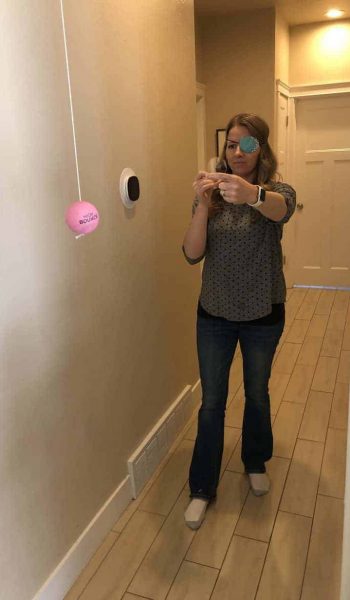
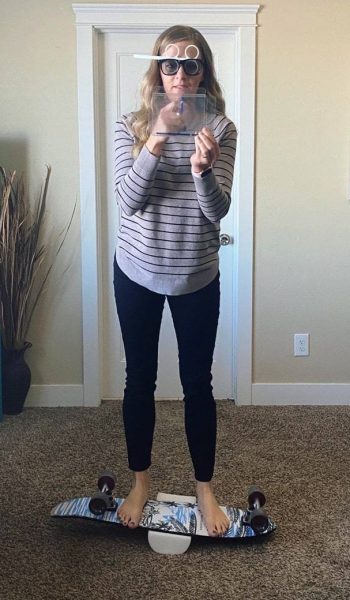

Because eye surgeons and developmental optometrists (the ones doing vision therapy) usually don’t get along and tend to have turf battles over strabismus patients, there is very little research done on the combination.
My surgeon is one of the greats and he supports both so I picked his brain about it and he said that surgery alone has a 70% success rate, but combining it with vision therapy (if the patient is dedicated and willing to complete therapy) increases that success rate.
A follow up surgery may still be needed (especially for high angle patients), but the chance of getting stereo vision AND straight eyes drastically increases when surgery and therapy are combined.
Once the brain learns how much better you can function using both eyes, it wants to keep them straight long term.
Many strabismus surgeries do not have positive, lasting results, because the brain isn’t interested in keeping the eyes straight because it is only using one at a time and over time, the eye drifts back out.
Even the 70% success rate isn’t factoring in the huge percentage that require surgeries 10-15 years down the road.
To get lasting results, the brain needs to use both eyes.
This is why intermittent strabismus and adult onset strabismus have better results. The brain knows how to use both eyes, but it is challenging to keep them straight. Once they are straight, the brain keeps them that way.
On the other hand, most people with a constant strabismus are going to need help surgically to keep the eyes straight and then training for the brain to coordinate both eyes effectively. Take the free quiz about which is best for you, HERE.
Conclusion
Strabismus surgery can usually correct an eye turn, although multiple surgeries are sometimes required for more severe cases.
The surgery itself doesn’t usually result in binocular vision unless the patient is very young or has adult onset strabismus.
Combining surgery with vision therapy is a great way to improve success rates and long term results.
If you’d like to discus your case with me and let me give you my unbiased opinion about success for your specific situation, schedule a consult and I will help you on your way!
